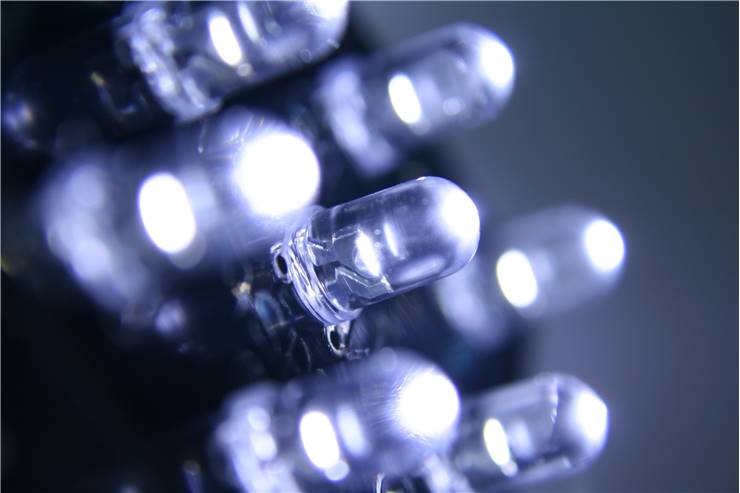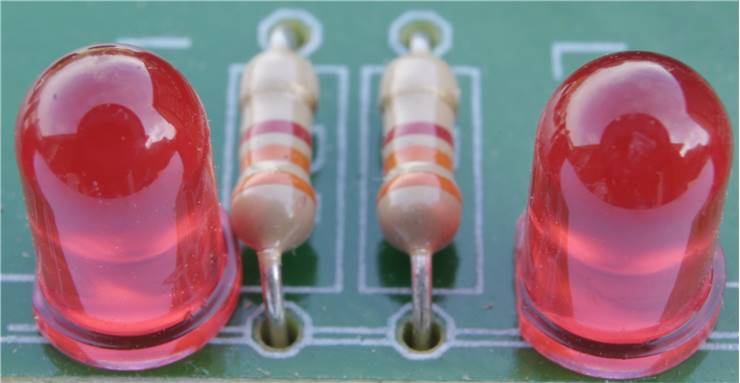History of LEDs - Light Emitting Diodes
Light-emitting diode is an electric component that emits light when connected to direct current. It works on electroluminescent principle and can emit light in visible specter as well as in infrared and ultraviolet. They have characteristically low energy consumption, small size, longer lifetime and faster switching than incandescence lamps and because of that, they have a wide palette of applicability.
In 1907, British experimenter in Marconi labs Henry Joseph Round noticed for the first time that when a potential of 10volts is applied to carborundum (silicon carbide) crystal, it emits yellowish light. However, first to investigate it and to propose a working theory was Oleg Vladimirovich Losev from Russia. In 1927, Oleg published a paper “Luminous carborundum detector and detection effect and oscillations with crystals“.

For decades no progress was made for different reasons. Rubin Braunstein that worked at Radio Corporation of America, reported in 1955 that some simple diodes emit infrared light when connected to a current. In 1961, Gary Pittman and Bob Biard from Texas Instruments found that that gallium-arsenide diode emits infrared light every time it is connected to current. The same year they received patent for infrared LED. Nick Holonyak Jr., employed in General Electric, developed in 1962 first light-emitting diode that emitted light in the visible part of the frequency range. It was a red LED. In 1972, M. George Craford, who was a graduate student of Holonyak, invented the first yellow LED and a brighter red LED. Thomas P. Pearsall developed high brightness light-emitting diode in 1976, for use with fiber optics in telecommunications. Shuji Nakamura of Nichia Corporation made first blue LED in 1979 but it was too expensive for commercial use until 1994. Light emitting diodes can now be made in one or in more colors.
At first Light-emitting diodes were very expensive, some US$200 per piece. Because of that, they were used as indicators only in highly professional laboratory equipment. Fairchild Semiconductors succeeded in 1970s to reduce cost of individual LED to 5 cents by using planar process in production of semiconductor chips for light emitting diodes. By using innovative methods of packaging and a planar process of chip production, Fairchild made LED into a commercial product with variety of uses.
LED with visible light is used as a replacement for incandescent and neon lights, as elements in seven-segment displays, in large RGB screen displays, in semaphores and other visual signals, in calculators, watches and in flashlights. Infrared LEDs are used in units for remote control in TVs, DVDs and other places that need wireless control.

Advantages of Light emitting diodes are many, but they also have their flaws. Advantages are that they emit more light per watt that incandescent lamps, they are much smaller, their on/off time is much shorter than of the other types of electric light sources (they are quick), their lifetime is much longer and they are much more difficult to damage. Their flaws are high price per lumen, high dependence of the outside temperature and easy overheating if the outside temperature is too high and there is no heat sink. Despite their flaws, LEDs are finding their place in the human use and are here to stay.

